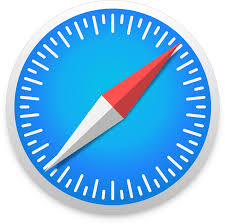HTML dt: Main Tips
- The HTML
<dt>element defines the name of a term in a definition list (created with <dl> tag). - The <dd> indicates the definition of the term. Together with
<dt>element, they form a pair of a term and an explanation.

Pros Main Features
- Easy to use with a learn-by-doing approach
- Offers quality content
- Gamified in-browser coding experience
- The price matches the quality
- Suitable for learners ranging from beginner to advanced
- Free certificates of completion
- Focused on data science skills
- Flexible learning timetable

Pros Main Features
- Simplistic design (no unnecessary information)
- High-quality courses (even the free ones)
- Variety of features
- Nanodegree programs
- Suitable for enterprises
- Paid Certificates of completion

Pros Main Features
- A wide range of learning programs
- University-level courses
- Easy to navigate
- Verified certificates
- Free learning track available
- University-level courses
- Suitable for enterprises
- Verified certificates of completion
Use of dt
<dt> HTML defines a term included either in a description or a definition list. It has to be inside the <dl> element.
Example
<dl>
<dt>Aeroplane</dt>
<dd>A vehicle used for air transportation.</dd>
<dt>Car</dt>
<dd>A vehicle used for road transportation.</dd>
</dl>Note: web browsers by default provide good indentation for the description and the related terms in a description list.
When it is followed by additional <dt> or <dd>, this element does not need the closing </dt> tag.
Remember: the HTML <dt> tag does not accept any special attributes. However, it supports all global attributes.
Browser Support

Chrome
All

Edge
All

Firefox
1+

IE
All

Opera
All

Safari
All
Mobile Browser Support

Chrome
All

Firefox
4+

Opera
All

Safari
All
 HTML
HTML  CSS
CSS  PHP
PHP  JavaScript
JavaScript  SQL
SQL  Bootstrap
Bootstrap  Solidity
Solidity  jQuery
jQuery  Git
Git  Chrome DevTools
Chrome DevTools  C++
C++  Python
Python 



